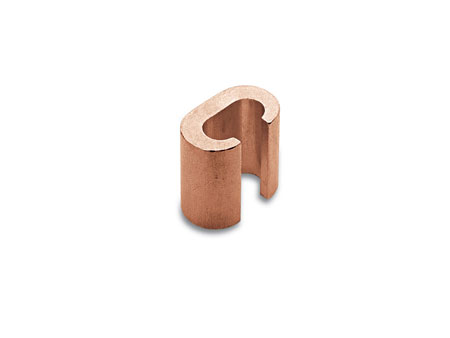Dear all,
I purchased an underfloor heating system from Livingheat http://www.livingheat.co.uk/
The system seems to be a bit unusual in the way that they sent us three independent matts to fit our kitchen layout rather than one single one to be cut to size.
Every matt has got two cables coming out of them and our fitters seem a bit puzzled by how to make the connections since the cables are only 2500mm long and they wont reach the junction box. Anyone has had similar undefloor heating system installed?
Thanks!
I purchased an underfloor heating system from Livingheat http://www.livingheat.co.uk/
The system seems to be a bit unusual in the way that they sent us three independent matts to fit our kitchen layout rather than one single one to be cut to size.
Every matt has got two cables coming out of them and our fitters seem a bit puzzled by how to make the connections since the cables are only 2500mm long and they wont reach the junction box. Anyone has had similar undefloor heating system installed?
Thanks!



